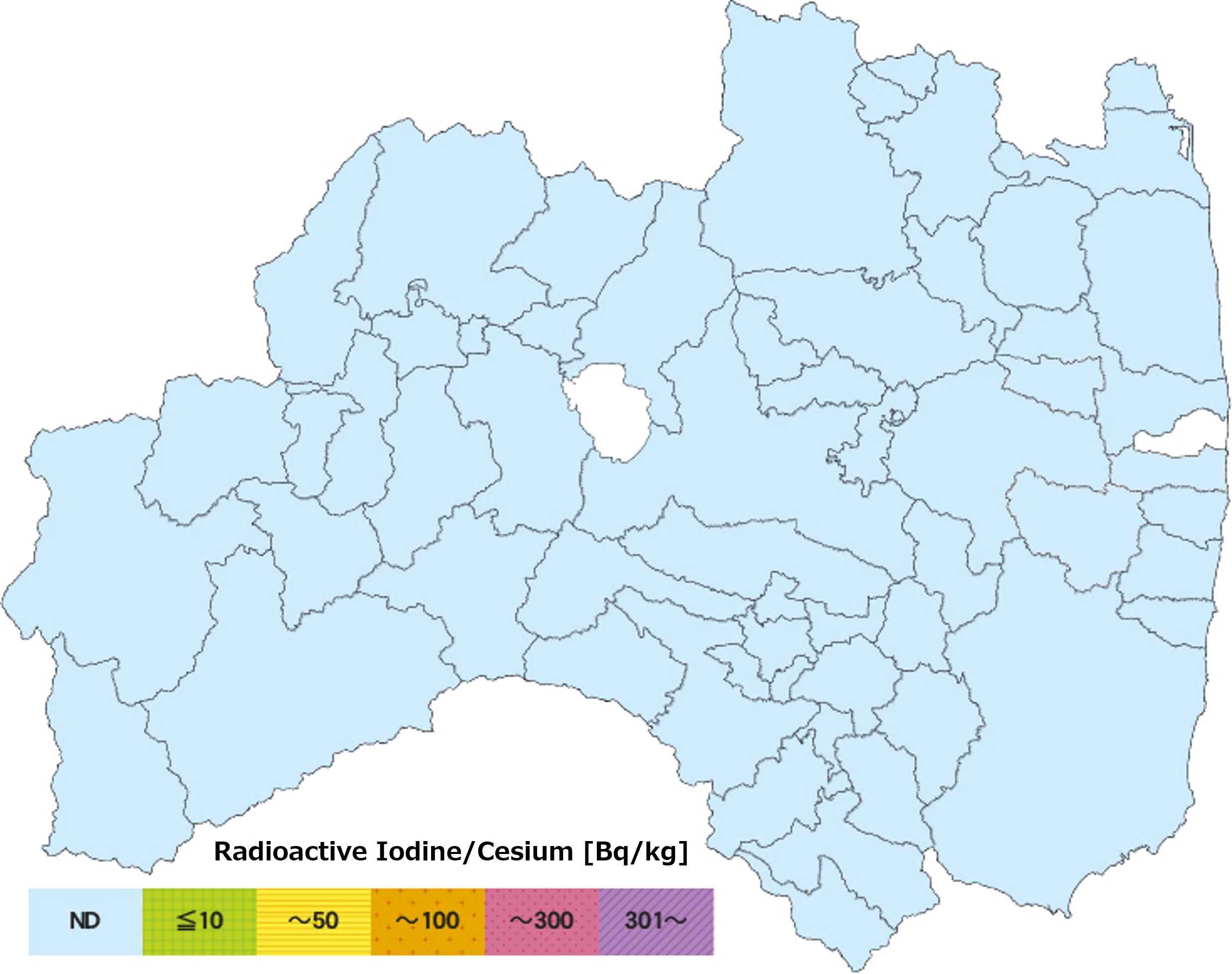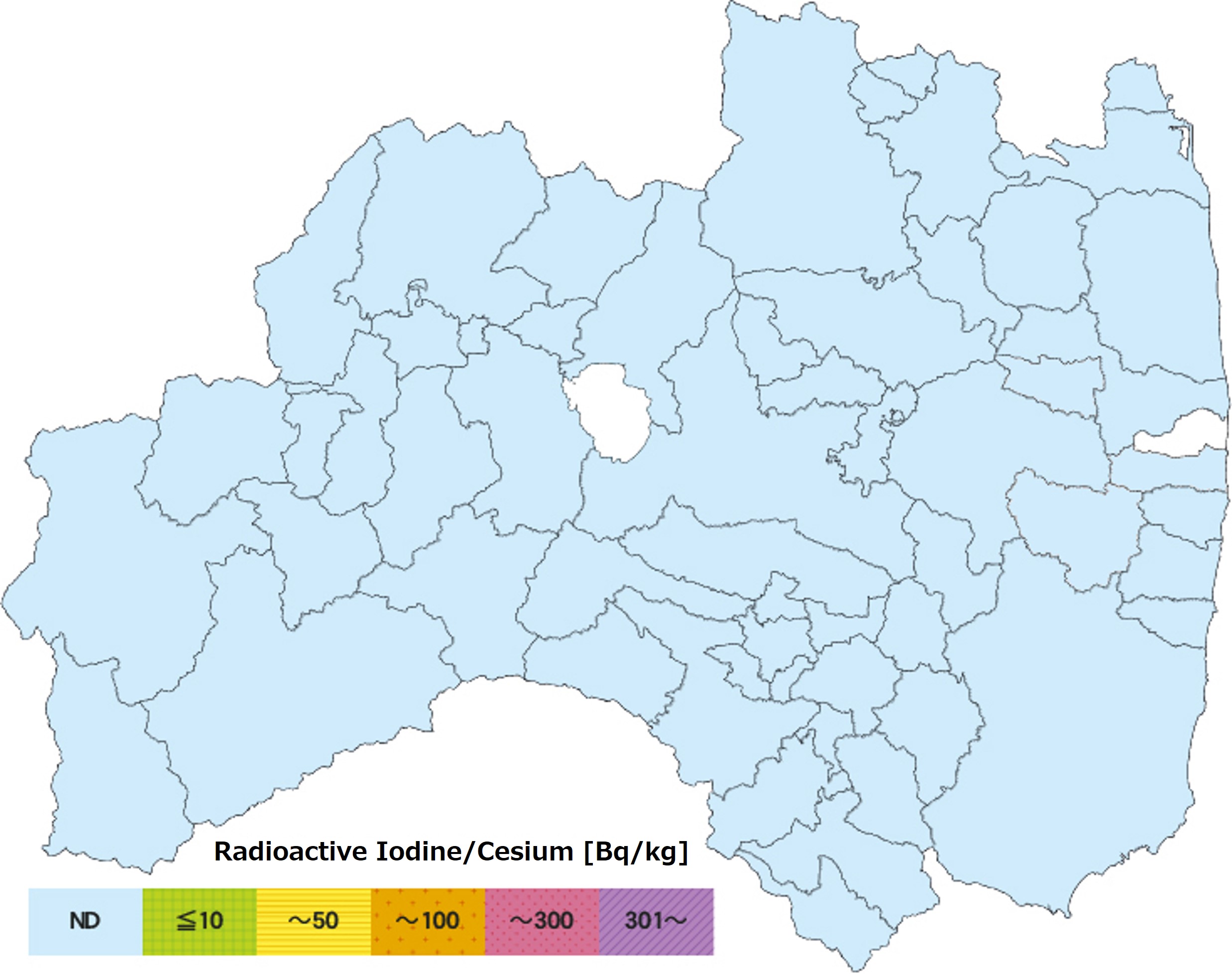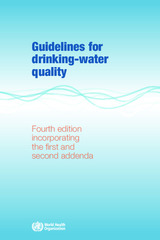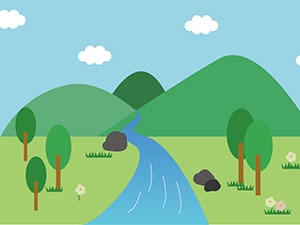Drinking water inspection results and related information
 Inspection results of well water and all tap water in the prefecture are provided here (Food Safety and Environmental Hygiene Division)(Japanese Only)
Inspection results of well water and all tap water in the prefecture are provided here (Food Safety and Environmental Hygiene Division)(Japanese Only)
 Survey results of well water in areas including former Specific Spots Recommended for Evacuation and Fukushima Branch of Centre for Environmental Creation are provided here. (Radiation Monitoring Unit)(Japanese Only)
Survey results of well water in areas including former Specific Spots Recommended for Evacuation and Fukushima Branch of Centre for Environmental Creation are provided here. (Radiation Monitoring Unit)(Japanese Only)
Reference values and past inspection results regarding radioactive materials in tap water
 |
Reference values and past inspection results relating to radioactive materials in tap water are explained here. |
Reference values for radioactive materials in tap water
○Prior to the nuclear accident
Reference values for food and beverage restrictions were established by the Nuclear Safety Commission.
Radioactive Iodine (drinking water) 300 Bq (becquerel)/kg (kilogram)
Radioactive Cesium (drinking water) 200 Bq (becquerel)/kg (kilogram)
○After the nuclear accident in March 21, 2011
For infants, interim reference values were established for intake of tap water.
Based on this, reference values are established as follows:
Radioactive Iodine (drinking water) 300 Bq (becquerel)/kg (kilogram)
Radioactive Iodine (intake of tap water by infants) 100 Bq (becquerel)/kg (kilogram)
Radioactive Cesium (drinking water) 200 Bq (becquerel)/kg (kilogram)
○From April 1, 2012 to date
Based on a new standard of 10 Bq/kg for drinking water set under Food Sanitation Act, a new management target value for tap water (target value for turbidity management of water supply facilities) has been applied since April 1, 2012.
Management target values for radioactive materials in tap water
Radioactive Cesium (sum of cesium-134 and cesium-137) 10 Bq (becquerel)/kg (kilogram)
For radioactive iodine, since its half-life (about 8 days) is short and it had not been detected in the surrounding environment, it was determined that there is no need to set a target value.
Current state of radioactive iodine and radioactive cesium detected:
*Since May 5, 2011, no radioactive iodine or radioactive cesium have been detected in tap water throughout the prefecture in the monitoring inspection conducted by the Food Safety and Environmental Hygiene Division of Fukushima Prefecture.

*Although Kawauchi Village does not have a water supply facility, regular inspections are conducted at drinking water supply facilities. Water supply to Futaba Town has been suspended.
Past instances of radioactive materials detected in drinking water :
March 16, 2011
- Radioactive iodine and radioactive cesium were detected in the tap water of Fukushima City.
Radioactive Iodine: 177 Bq/kg
Radioactive Cesium: 58 Bq/kg
March 17, 2011
- Radioactive iodine exceeding (308 Bq/kg) the standard value was detected in the tap water in Kawamata Town.
It decreased to levels below the standard in the following day. (155 Bq/kg).
March 20, 2011
- Radioactive iodine exceeding (965 Bq/kg) the standard value was detected in the tap water in Iitate Village.
Intake was restricted from the next day.
State of radioactive iodine detected in tap water as of March 21, 2011.

March 22, 2011
- Radioactive iodine exceeding the infant reference value (100 Bq/kg) was detected in tap water in Date City, Kawamata Town, Tamura City, Koriyama City and Minamisoma City.
- Intake of tap water was restricted for infants.
March 23, 2011
- Intake of tap water was restricted for infants in Iwaki City.
April 1, 2011
- Restriction of intake of tap water for infants was lifted except for Iitate Village,
May 10, 2011
- Intake restriction in Iitate Village was lifted.
Status of response of intake restriction measures[PDFファイル/90KB]
Plutonium and radioactive strontium inspection for raw water
|
|
Inspection of plutonium and radioactive strontium in raw water before it becomes tap water has been conducted. |
Background
Although the "regulatory target value for radioactive materials in tap water" is currently set at 10 Bq/kg for radioactive cesium (134Cs+137Cs), plutonium and radioactive strontium are not regulated because they are present at lower concentration levels (even the highest concentration ratio of 90Sr is about 2% of 137Cs).
Nevertheless, the inspection of plutonium and radioactive strontium is being carried out because of growing concern among prefectural residents about these materials and because, while research on radioactive cesium is progressing, knowledge about plutonium and radioactive strontium has not yet been obtained. Plutonium-239+240 and plutonium-238 were not detected.
Radioactive strontium (strontium-90) was detected at all locations but was significantly below the World Health Organization's guidance level for drinking water (10 Bq/kg). For past inspection results, please see the link below.
Results of plutonium and radioactive strontium inspection from FY2012 to 2018.(Japanese Only)
Subjects of inspection
Subjects of reaearch (half-life)
- Plutonium-239+240 (Pu-239 (24,000 years) + Pu-240 (6,500 years))
Plutonium-238 (Pu-238) (88 years) - Strontium-90 (Sr-90) (29 years)
Strontium-89 (Sr-89) (50 days)
Method of inspection
Method of analysis of plutonium
Ion exchange method specified in the "Method of analysis of plutonium" (Revised in 1990) published by the Ministry of Education, Culture, Sports, Science and Technology. Measurements were conducted using silicon semiconductor detection devices.
Method of analysis of Strontium
Ion exchange method specified in the "Method of analysis of Strontium" (Revised in 2003) published by the Ministry of Education, Culture, Sports, Science and Technology. Measurements were conducted using low-background beta-ray measurement devices.
What is the drinking water guidance level of WHO?
 |
The drinking water quality guideline of the World Health Organization (WHO) is coordinated by types of radionuclide. |




